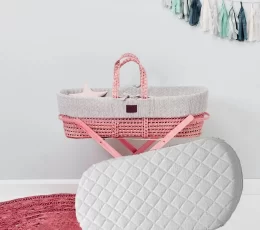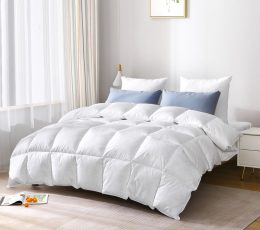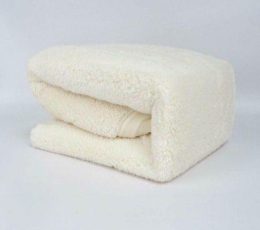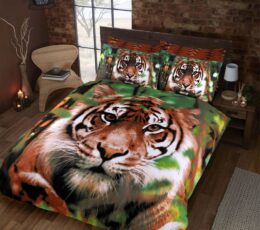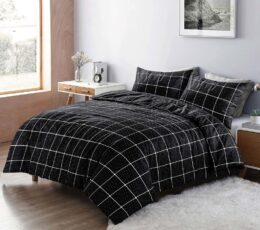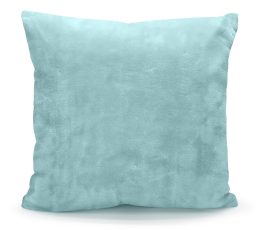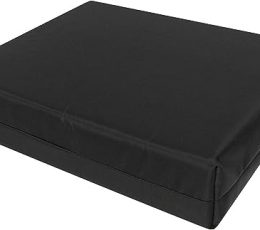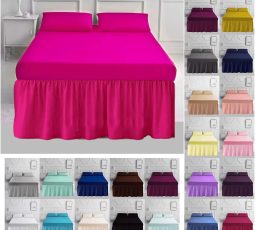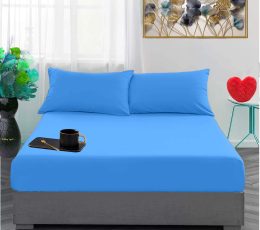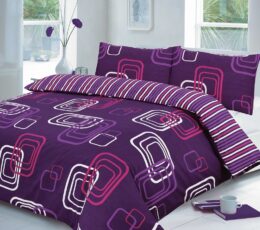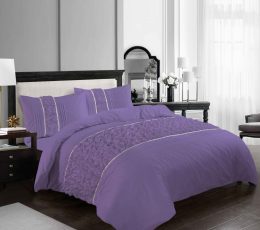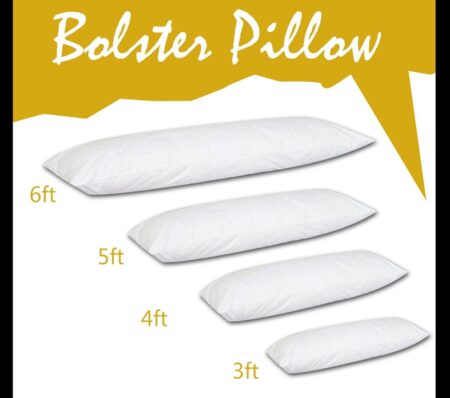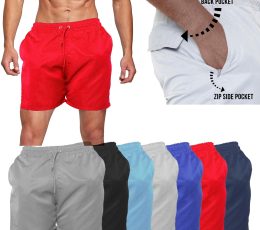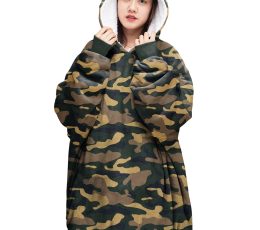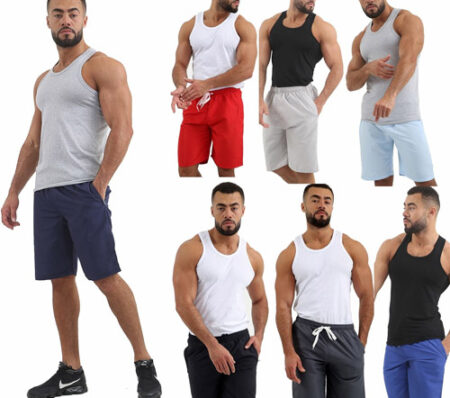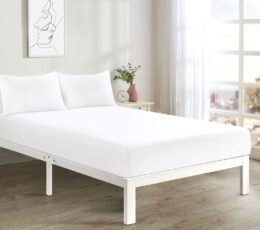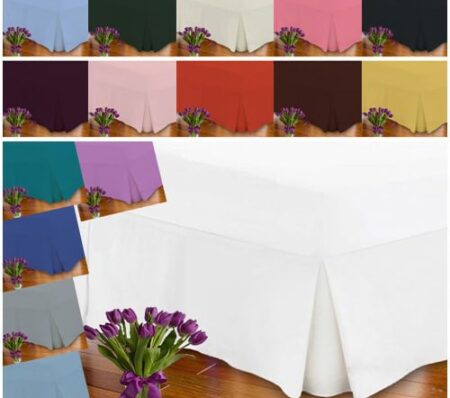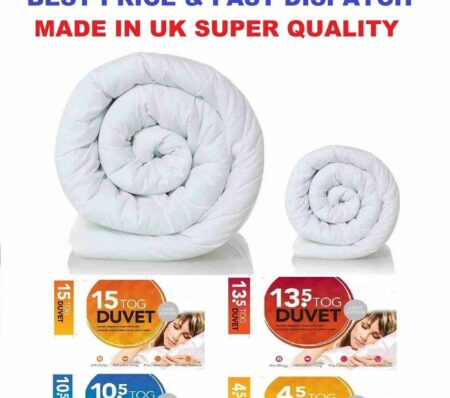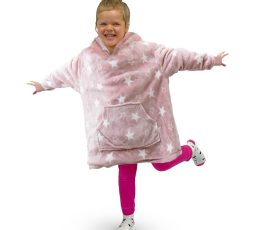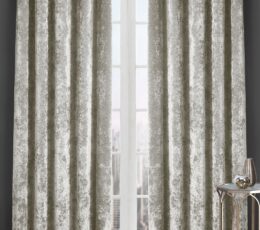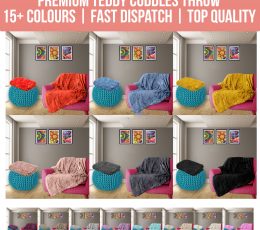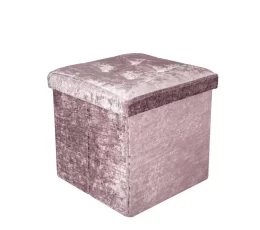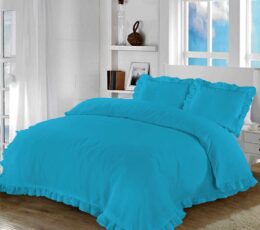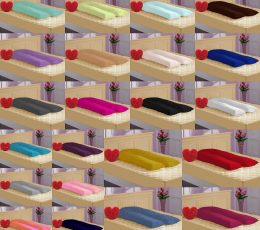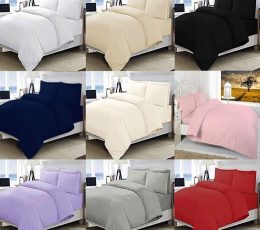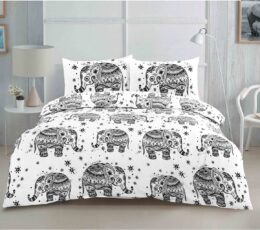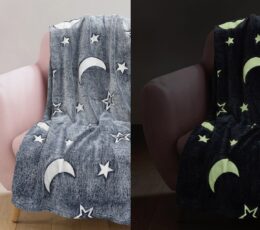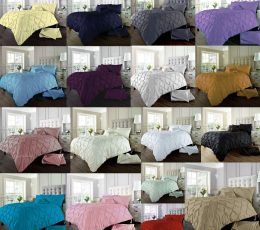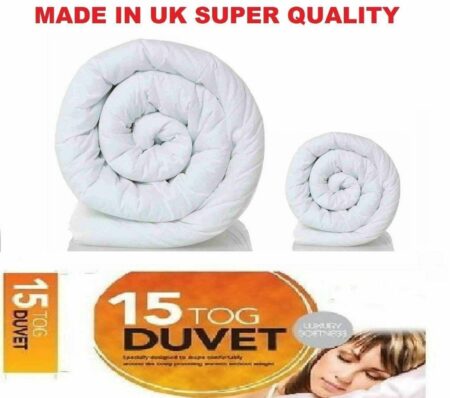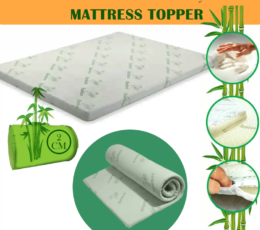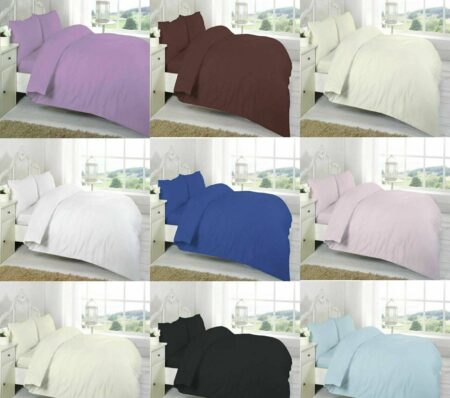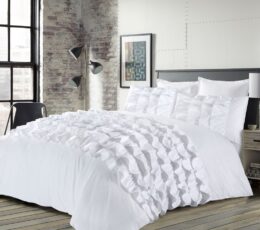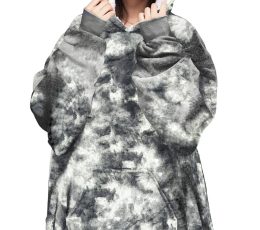Getting a good night’s sleep is crucial, and choosing the perfect cool duvet to maintain the right temperature is key. Since we spend a significant amount of time in bed, it’s essential to be comfortable and cool. Achieving the ideal temperature while sleeping improves the quality of your sleep, allowing you to perform at your best during the day and feel amazing.
A single duvet is a flat, soft bag filled with stuffing that is specifically designed to regulate your body temperature while you sleep. It serves the purpose of keeping you warm during colder months and cool during the summer. If you’re looking for a duvet to keep you cool on hot summer nights or if you often wake up feeling too hot, opting for a breathable and lightweight duvet is the way to go. But before getting duvet it’s important to understand duvet tog guide for better duvet undrstanding.

Do I Need to Change My Duvet for Summer?
As the seasons shift and temperatures rise, the thought of a good night’s sleep can become a challenge. One often overlooked solution to combat the heat is choosing the right cool duvet. Swapping out your duvet for a lighter, more breathable option during the summer months can make a significant difference in ensuring a cool and restful night’s sleep. Our Guide on how to find the perfect light duvet helps you to select the perfect duvet for your night sleep.
Duvet Materials
When it comes to selecting a cool duvet that keeps you cool, the choice of materials plays a crucial role. There are various types of duvet fillings, ranging from natural to synthetic, each with its own set of characteristics. Let’s explore the natural duvet fillings that stand out in the realm of keeping cool during warmer seasons.
Natural Duvet Fillings
Natural fibres have long been favoured for their breathability and ability to regulate temperature. Among the natural duvet fillings, down and feathers, as well as other plant-based fibres, are notable for their cooling properties. Before using the duvet we recommend to understand is it too hot to use duvet in summer or you can use it.
Down and Feather Duvets
Down and feather duvets are renowned for their exceptional insulation properties. However, these cool duvets can be adapted for summer use by choosing a lower fill power. Fill power measures the loft and fluffiness of the down; a lower fill power indicates a lighter and less insulating duvet.
For a summer-friendly option, consider a down duvet with a fill power of 400 or lower. This ensures a lighter duvet that promotes airflow and prevents excessive heat retention. Additionally, cool duvets with a higher ratio of feathers to down can offer a more breathable option. You can check out down and feather duvets collection.
Other Natural Fibres
Beyond down and feathers, several other natural fibres present themselves as excellent choices for a cool summer duvet.
- Cotton: Cotton is a popular natural fibre known for its breathability and moisture-wicking properties. A cotton-filled duvet allows for optimal air circulation, keeping you cool & comfortable throughout the night.
- Bamboo: Bamboo-derived fabrics, such as bamboo rayon, are gaining popularity in bedding due to their natural cooling properties. Bamboo is highly breathable, moisture-wicking, and environmentally friendly, making it an ideal choice for a summer duvet.
- Tencel/Lyocell: Tencel, or lyocell, is a fibre made from wood pulp, often sourced from eucalyptus trees. It is praised for its exceptional breathability and moisture-wicking abilities. Tencel duvets are not only cooling but also environmentally sustainable.

Synthetic Duvet Fillings
In the realm of bedding, synthetic duvet fillings have emerged as popular alternatives to natural fibres, offering a plethora of choices designed to cater to various preferences and needs. Among these synthetic fillings, fibres, hollow fibre, and microfibre stand out, each presenting unique characteristics that contribute to cooling comfort.
Fibre duvets:
Fibre-filled duvets are crafted from synthetic materials, such as polyester, creating a lightweight and affordable bedding option. While fibre duvets may not possess the natural breathability of certain materials, advancements in technology have led to the development of specialized fibres designed to enhance comfort. You can read out about the best breathable material duvet that helps with more air circulation.
Fiber-filled duvets are often hypoallergenic & resistant to dust mites, making them an excellent choice for individuals who have allergies. While not specifically known for cooling properties, some fibre duvets are crafted with breathability in mind, providing a comfortable sleep experience in various climates.
Hollowfibre vs. Microfibre Duvets
Two prominent synthetic options in the cool duvet market are hollow fibre and microfibre. Understanding the distinctions between these fillings is essential for making an informed choice which aligns with your cooling needs.
Hollowfibre Duvet:
Hollowfibre, as the name suggests, is composed of hollow strands that trap air within, creating a lightweight and insulating effect. This design allows for efficient heat retention during colder months. However, advancements in hollow fibre technology have resulted in options tailored for warmer climates.
Summer-specific hollow fibre duvets often feature a lower tog rating, indicating a lighter and less insulating design. This adaptation promotes better breathability, making hollow fibre duvets suitable for those seeking a cooling option during the warmer seasons.
Microfibre Duvet:
Fine synthetic fibres, mimicking the softness and feel of natural materials. Microfibre’s fine texture contributes to a silky and luxurious touch, enhancing the overall comfort of the bedding.
What sets microfibre apart is its inherent breathability. Microfibre duvets allow for optimal air circulation, preventing heat buildup and creating a cool sleeping environment. This makes microfibre a compelling choice for those prioritizing cooling properties in their duvet.

What Type Is consider as Cool Duvet?
Choosing the right cool duvet to keep you cool depends on personal preferences, climate, and specific needs. For hot sleepers or individuals living in warmer regions, microfibre duvets offer an excellent solution. The fine fibres promote breathability, ensuring a comfortable sleep experience without sacrificing softness.
If versatility is a priority, hollow fibre duvets with summer-specific designs can also provide cooling comfort when temperatures rise. Additionally, considering factors such as tog rating, thread count, and construction can further contribute to finding the ideal synthetic duvet that strikes the perfect balance between coolness and cosiness. We recommend to use the all seasons duvet that helps in every seasons. Checkout to understand about the best tog for all season duvet.
FAQs
Q: Do I need to change my duvet for the summer?
Yes, changing your cool duvet for the summer can make a significant difference in coolness. Opt for lightweight and breathable options specifically designed for warmer temperatures.
Q: What natural fibres are best for a cool duvet?
Cotton, bamboo, and Tencel (lyocell) are excellent choices. Cotton is breathable and moisture-wicking, bamboo offers natural cooling properties, and Tencel provides exceptional breathability and moisture management.
Q: Can down and feather duvets be suitable for keeping cool?
Yes, by choosing a down duvet with a lower fill power (around 400 or below) and considering a higher ratio of feathers to down, you can have a lightweight and less insulating option that allows for better airflow.
Q: Are synthetic duvets good for staying cool?
Yes, synthetic options like hollow fibre and microfibre are designed for breathability. Hollowfibre duvets have hollow centres for enhanced air circulation, while microfibre duvets use fine, tightly woven fibres to mimic the feel of natural down and promote a cool sleep environment.
Q: How does thread count affect duvet cooling?
Higher thread counts can trap more heat, so for a cool duvet, opt for covers with a lower thread count. This promotes better breathability.
Q: What construction is best for a cool duvet?
Look for duvets with baffle boxes or sewn-through constructions. These prevent the filling from shifting, maintain even distribution, and enhance airflow.
Q: Should I consider the weight of the duvet for staying cool?
Yes, choose a lightweight duvet, especially for warmer seasons. Summer or lightweight duvets provide comfort without excessive warmth.
Q: Can a duvet cover impact its cooling properties?
Yes, the choice of duvet cover material and thread count matters. Opt for covers made from breathable fabrics like cotton, and choose lower thread counts for improved airflow.
Q: Are there specific duvet specifications for hot sleepers?
Hot sleepers may benefit from duvets with lower insulation, such as lower fill power for down duvets, or lightweight synthetic fillings like hollow fibre and microfibre.
Q: How do I ensure my duvet remains cool over time?
Regularly wash and air your duvet, follow care instructions, and consider the use of moisture-wicking and breathable materials to maintain its cooling properties.
From this, we suggest which is the best cool duvet that helps you to keep cool and that provides the perfect level of comfort for your sleep after considering various weather, body temperature, etc. Also, you get the coverless duvet that suits your sleeping style, which you are getting from the above topics that we discussed.


